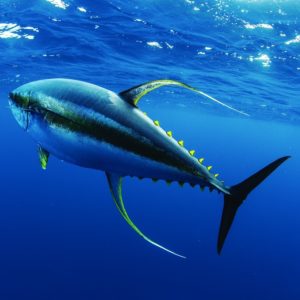
Fish sold in restaurants and markets is often mislabeled.
Yet another story has emerged about mislabeled fish. The Los Angeles Times reported in a blog Monday that the environmental group Oceana found 55 percent of 119 fish samples from L.A. retail sellers, including sushi restaurants, was misidentified.
DNA tests showed that tilapia and pollock frequently substituted for red snapper, according to Oceana. Asian “sutchi catfish” or common sole was sold as Dover sole, and a fish labeled “white tuna” was the deep-water escolar, which the Times says can cause intestinal issues.
This is certainly not the first report of its kind, nor will it be the last. The Times article cites several recent government and watchdog studies that have shown the same result. The Food and Drug Administration does prohibit species substitution, and I’ve personally heard this same complaint for years — yet the practice remains rampant.
I know that I’ve visited seafood restaurants that offer questionable menu items. When I ask the server about the origin of the fish, that person often hazards an obviously wild guess. Hardly comforting.
Again and again, various organizations and media call for DNA testing of seafood (a process made more technologically feasible over the last decade). Results show apparent fraud and even public-health risks, but where are the fines, the prosecutions?
The only way I know what fish I’m eating is to catch it myself. The only way seafood restaurants and retailers can prove they’re opposing this long-standing swap game is by demanding documentation for the products they purchase and publishing it on their menus and signage.
The Times article reports that a California state legislator has introduced a bill to require large restaurant chains to label seafood by species and origin and indicate whether it’s farmed or wild. That might help some consumers, but if mislabeling is already against a federal law, why do states need to step in?
I can’t pretend to know the details of federal fish labeling and inspection, but a 2009 report from the U.S. Government Accountability Office said the agencies that share responsibility for preventing fraud don’t effectively collaborate. The GAO report listed nine recommendations for action. After three years, the status for all remains “open,” though the agencies have begun to collaborate on six.
As angling consumers, that means we need to educate ourselves, complain to restaurant and market owners when it appears they mislabel fish and keep pressure on the federal government through our conservation NGOs to identify and prosecute fraud.
Shall I say “bon appetit” or “caveat emptor?”







